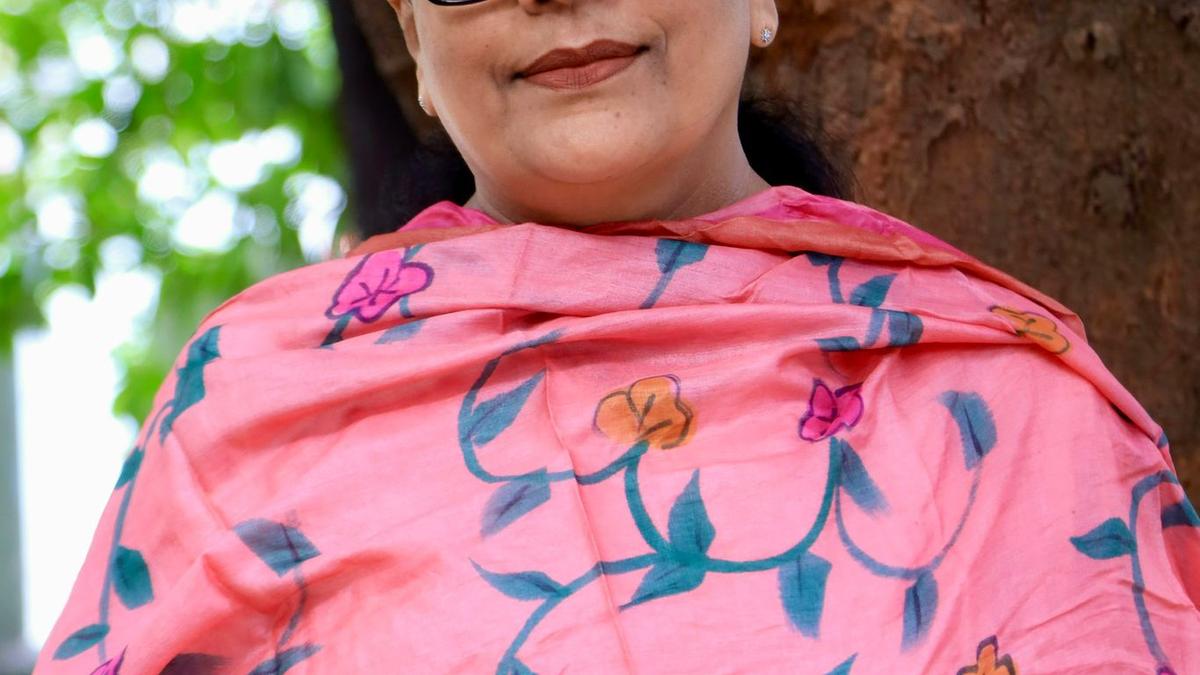A hair donation drive by The Cherian Foundation
| Photo Credit: Special Arrangement
Eight-year-old Veer T grows his hair out every few months. Once it grows up to 12 inches, he gets it cut and sends it to the Cherian Foundation. This is a practice he picked up from father, and now this is something they do together. “There are many others like them, who religiously donate their hair to us,” says Sara B Cherian, trustee, The Cherian Foundation. All the accumulated hair is then washed, treated, woven into wigs and given free of cost to cancer patients from underprivileged families. This is part of their successful Gift Hair Gift Confidence campaign that runs into its 10th year, this year.
Over the years, the campaign has managed to provide around 1,500 wigs. The beneficiaries are across all age groups: from 16 to 70 years. The hair donors also belong to similar age categories. When the campaign started, it was primarily women who were sending locks of their hair. A few years down the line, men and children started contributing too.
Forty kilograms of hair
Donors are from all over India, primarily Tamil Nadu, Kerala, and Karnataka. From two kilos of human hair in the first year, the campaign currently manages to collect 40 kilos of hair in a year. There are guidelines for donors. The donated hair length has to be above 10 inches. And it has to be sent in the form of a ponytail, says Sara. It takes five to six ponytails of similar length, texture and colour to make a wig.
School students who took part in one of the hair donation drives
| Photo Credit:
Special Arrangement
Started in 2004, by Benjamin Cherian, the Foundation has, in its 20 years, championed numerous causes like education, healthcare, community service and disaster relief. “Gift Hair Gift Confidence started as a collection drive when Adyar Cancer Institute was looking at starting a wig programme in 2013. Our family owns Raj Hair International (a company that deals with human hair and related products), and we have been pioneers in the human hair industry for 40 years. We knew we would be able to provide wigs for free,” says Sara. The wigs are made by B & H Exports, a unit in Alinjivakkam, which is also part of Raj Holdings. For the first four years the Foundation focussed entirely on providing wigs for patients from Adyar Cancer Institute. Now, there are patients from other hospitals as well who benefit from these wigs.
Also read: The need to make cancer drugs affordable
“With this, we started paying attention to the needs of Indian patients, like what length and texture they require. They mostly want long hair that they can tie into a ponytail or bun, and a natural parting,” adds Sara.
The Adyar Cancer Institute conducted a study in 2015-2016 that found that women wearing wigs responded better to treatment than women not wearing wigs, says Sara. “Women were able to go about their daily life, attend functions, buy groceries; they did not have to confine themselves to the house. This gave them confidence and as a result also gave confidence to their care givers.”
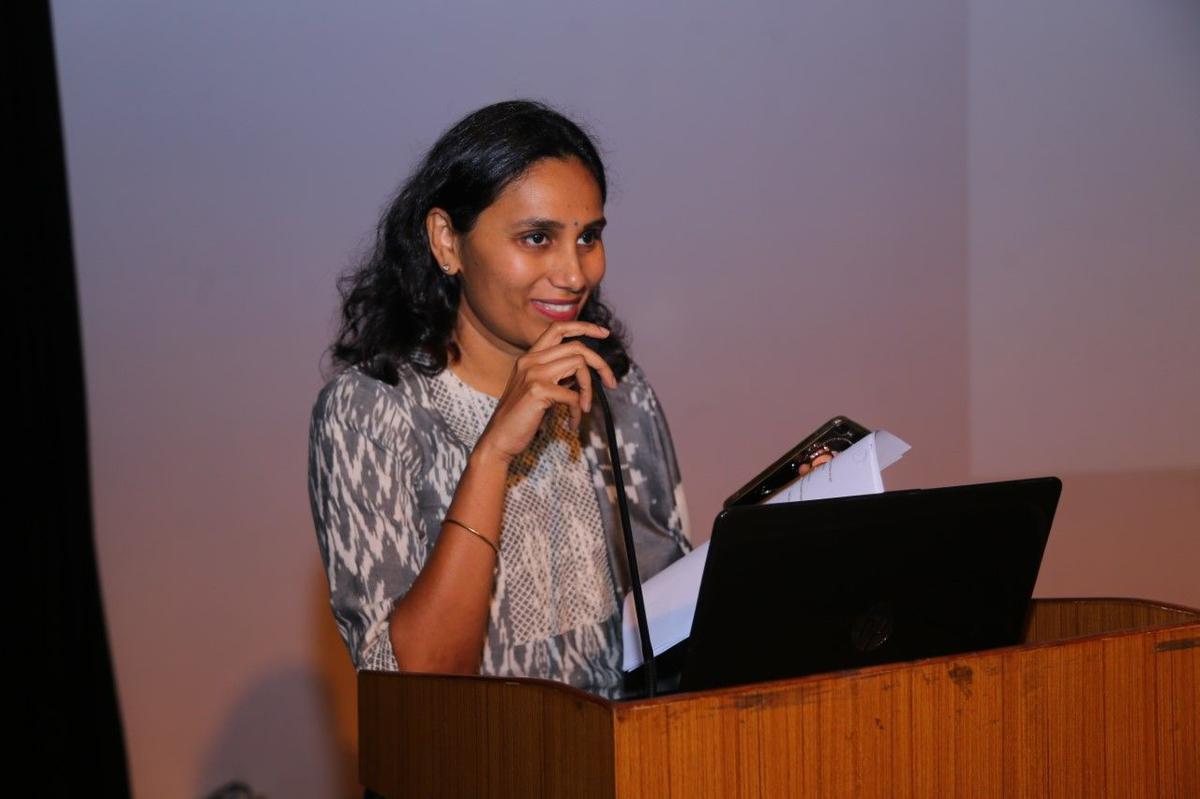
Sara Cherian
In this field of work for 10 years, Sara has noticed that often women cancer patients from marginalised sections tend to get ostracised. As chemotherapy progresses, there is hair loss and they begin to look different without their hair. “Some may wonder, what is the big deal? People tonsure their hair in Tirupati and go about their lives. But it’s not the same. When you shave your head, you have hair follicles that are visible. But with chemo, the person is completely bald and there are no follicles, no eyebrows or eyelashes. There is a lot of stigma attached to the way they look. As a result, they go through an emotional impact and sometimes this can stop them from getting treatment,” she explains.
A lot of patients are not aware that wigs are available free of cost. Many of them find out about it from the psycho-oncology department in the hospital that advises them. “A 48-year-old woman learnt about wigs a few months into her treatment. She says had she known earlier she wouldn’t have had to expose her bald head to her relatives, who treat her differently because she has cancer and the way she looks. Now, thanks to the wig when she steps out to buy vegetables, no one looks at her and that is comforting,” says Sara.
Today, the wigs being donated by Cherian Foundation come in a variety of sizes, colours and textures. The increase in number of donors makes this possible. The colours include natural black, natural brown, medium grey and dark grey. “In addition, we also refurbish wigs that some of the users return after they no longer need them. We clean, repair and make them available for others,” says Sara.
Mane point
It takes eight days to make one wig. It is a long process that includes segregating all the hair received, washing the collected hair, drying, running them through a machine, weaving them into wefts, attaching them to a wig base. After that a part of the wig is hand-knotted to provide a scalp-like look. This process alone takes two to three days.
For details, log on to cherianfoundation.org
I


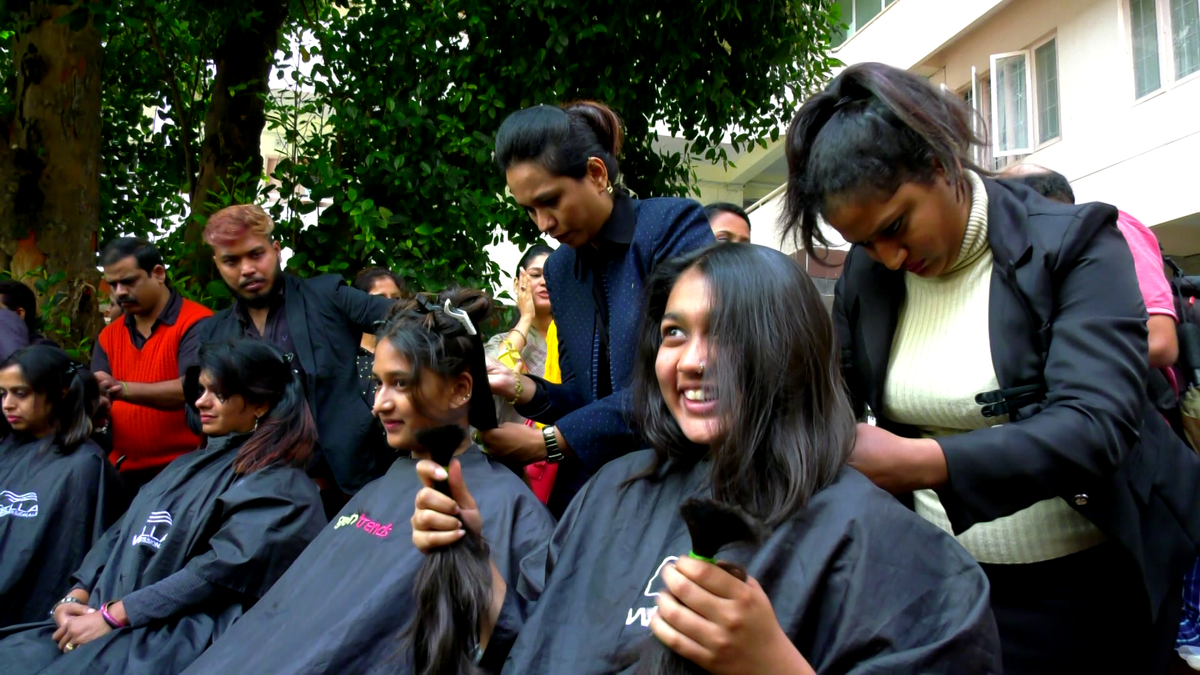
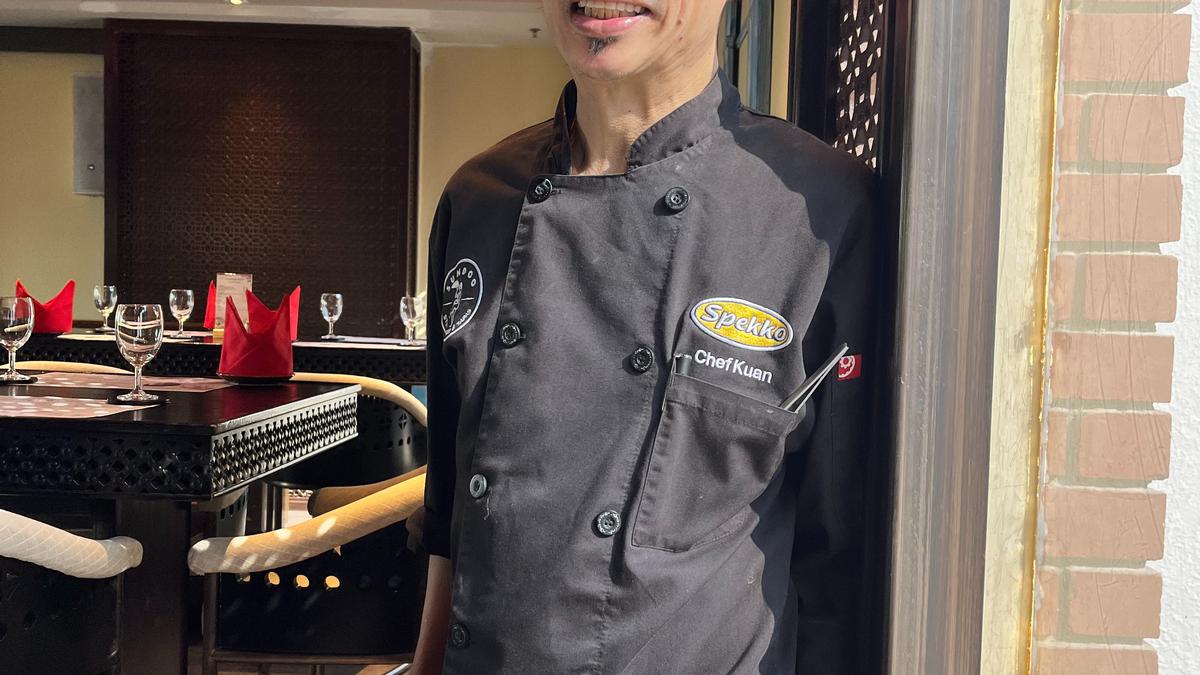
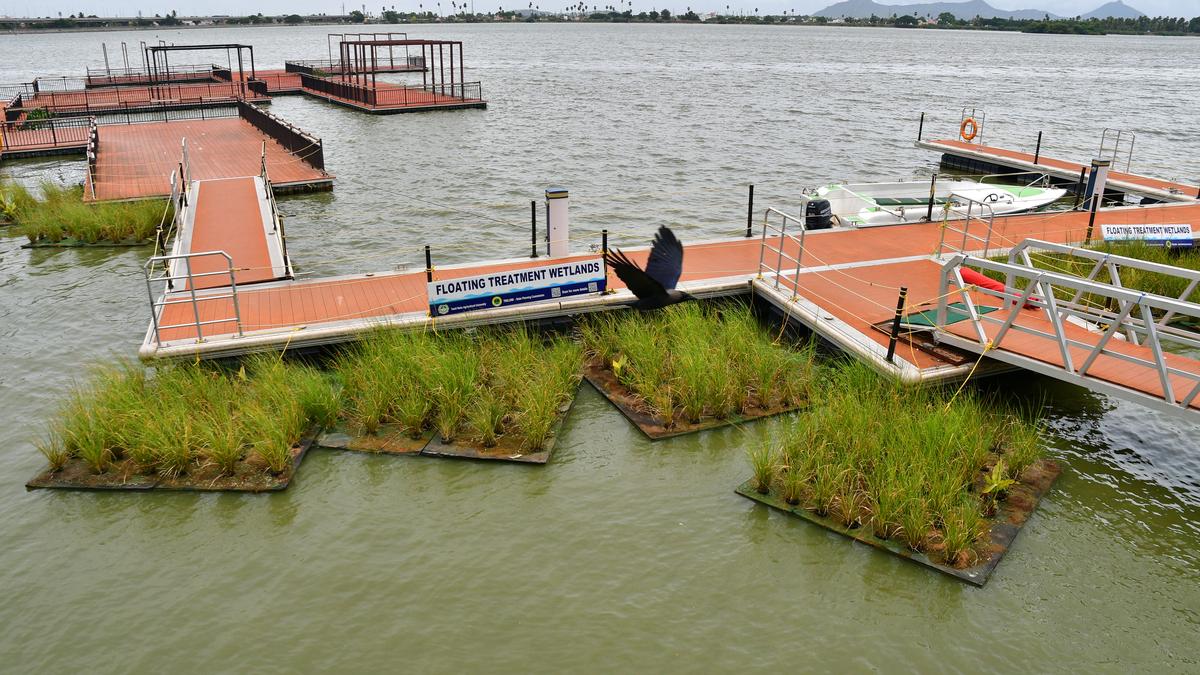
.jpg)


